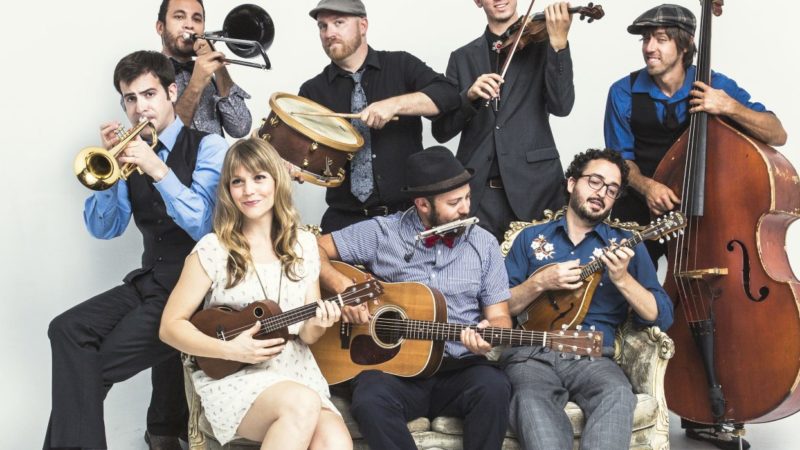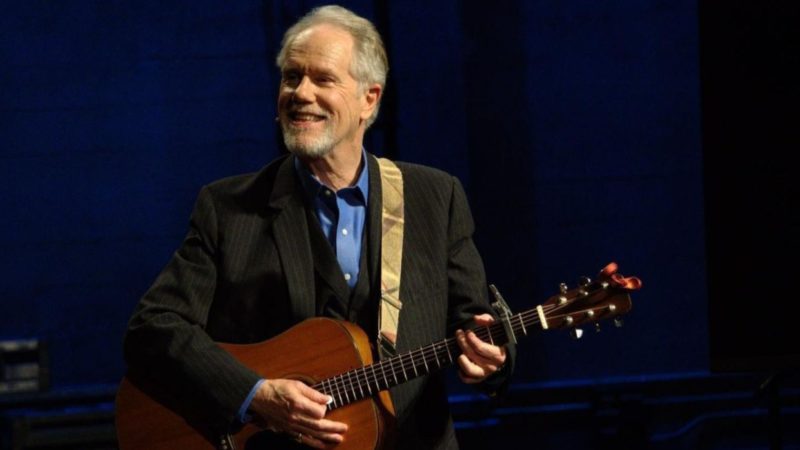Chuck Prophet shapes his restless career with inimitable subtle flair: a vivid parade of razor-edged one-liners camouflaged in a slack-jawed drawl, songs about heartbreak and everyman heroism, drenched in twisted lines of rude Telecaster.

You Might also like
-
Dustbowl Revival
Dustbowl Revival
Check out the Sway at Home music festivals on youtube and and on their web site.
Over the past few years, The Dustbowl Revival has been making a name for itself with a vibrant mix of vintage Americana sounds. Critics have proclaimed that this eclectic eight-piece “would have sounded utterly at home within the hallowed confines of Preservation Hall in New Orleans’ French Quarter” (Los Angeles Times) and their “upbeat, old-school, All-American sonic safaris exemplify everything shows should be: hot, spontaneous, engaging and, best of all, a pleasure to hear”
 Post Views: 2,480
Post Views: 2,480 -
Brandi Carlile
Brandi Carlile
Brandi M. Carlile is an American singer-songwriter and producer whose music spans multiple genres. As of 2018, Carlile has released six studio albums and earned seven Grammy Award nominations, including one for The Firewatcher’s Daughter and six for By the Way, I Forgive You. Wikipedia
 Post Views: 3,028
Post Views: 3,028 -
Loudon Wainwright III & Family
Loudon Snowden Wainwright III
is an American songwriter, folk singer, humorist, and actor. His natural delivery and wry humor speaks to the fact that there will always be a “Dead Skunk” in the middle of the road.
His sister is Sloan Wainwright.
He is the father of musicians, Rufus Wainwright, Martha Wainwright, and Lucy Wainwright Roche.
 Post Views: 2,182
Post Views: 2,182



